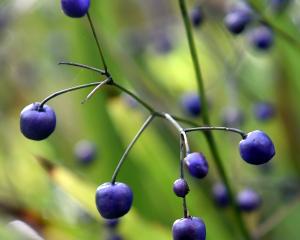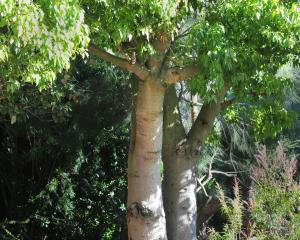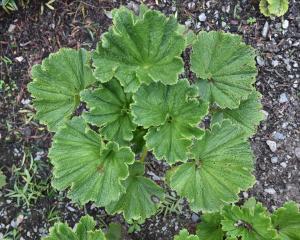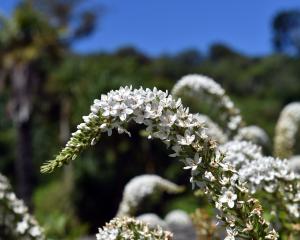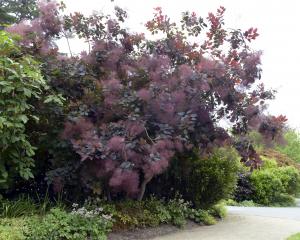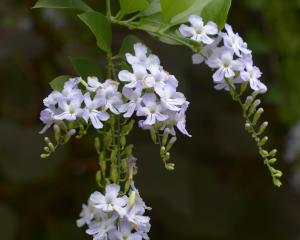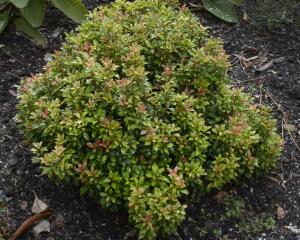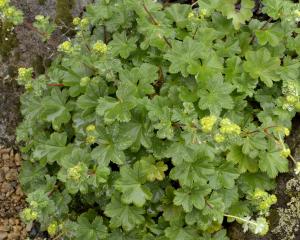The true leaves are small and short-lived but what appear to be leaves are in fact modified branchlets, known as cladodes or phylloclades. Photosynthesis, flowering and fruiting occur in and on these structures, which contain both leaf and stem elements.
Tanekaha and toatoa bear these structures in a compound arrangement which have been compared to celery leaves, hence the common name.
There are three New Zealand species, all endemic, with one growing as high up as the alpine zone.
• Mountain toatoa, Phyllocladus alpinus, is the smallest of the native celery pines and is the most widespread. It grows in subalpine areas, mountain forest and scrub throughout the country.
• Tanekaha, Phyllocladus trichomanoides, is a forest tree of mainly lowland sites of infertile soils in the North Island south to Taranaki and also the north of the South Island.
• Toatoa, Phyllocladus toatoa, grows in forests from Northland to the central North Island and extends to higher altitudes than tanekaha.
Celery pines are interesting and striking specimens. They have a symmetrical growth habit and grow in any well-drained soil. In spite of their more northern distribution they grow well in Dunedin. However they are not easy to propagate as both seed and cuttings are slow and can have variable results.
Examples of native Phyllocladus can be seen in the Native Alpine and Conifer Collections in the upper botanic garden.
• Shirley Stuart is curator of the native plant collection at Dunedin Botanic Garden.

